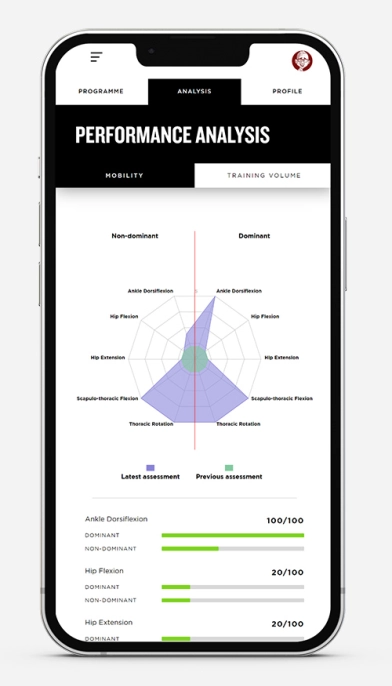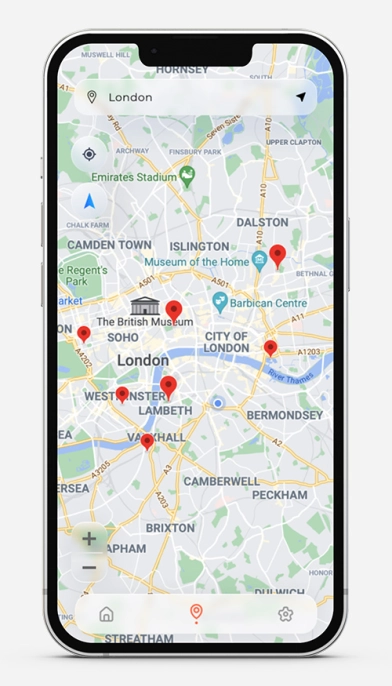VP9 vs. H.265 - Video compression business models
A "codec" is a standard plus the technology behind compressing a video and saving it as a file. H.265 (HEVC) and VP9 (owned by Google) are two competing video compression codecs. Their technical goals are essentially the same: deliver the highest quality of video possible at the lowest bit rate (i.e. file size) and requiring as little processing time as possible. We are interested in both formats as the battle between the two will (whether you will notice it or not) have an effect on how websites and web applications can/should deliver video content.
This article will discuss the background to the emergence of these technologies, review the business models of the companies supporting them, and make comment on what we think the future will hold for these standards.
Technological background
To give you a little bit of context as to how we are arriving at today's debate we first need to take a look at the video compression landscape. I first got into dabbling with video compression in around 2004, this was before YouTube and probably just around the time where compact video recording cameras started to become popular. Back then server bandwidth allowances and computer CPU performance were pretty low. Lots of sites were delivering video downloads which would rack up extremely expensive bandwidth bills for popular websites.
Back at this point the number of codecs in existence was huge, each camera recorded as something different and each site would choose to deliver video in its own format. You would have codec packs (such as Kazza / K-Lite) that would provide hundreds of codecs to try and solve the problem.
To cut a long story short companies like Google who deliver tons of online video have a large vested interest in reducing server costs by improving the efficiency of these codecs. What has typically happened is that as a standard develops it gains adoption until it reaches some critical mass of user-ship/compatibility. In the past this was heavily held back by the average computer processor (I remember in 2006 most computers would struggle running H.264 MPEG4 videos at any resolution about 480p!).
If we reflect on what we have today, the vast majority of videos on the internet are provided in H.264 and the average Joe's computer/mobile hardware can support this quite easily. H.264 has also become the standard for HD broadcast quality video and is used to broadcast Freeview HD channels in the UK.
In 2009 google bought a video compression codec called "On2". In doing this they acquired various compression technologies including their VP6 CODEC. Their goal again being to drop bandwidth and server resource consumption.
Relating codecs to web and HTML5
As web standards develop the big players (Mozilla, Google, Opera, W3C etc.) get together to try to agree on what should and should not be part of it. HTML5 for example is the most recent emerging standard and a big part of it is video embedding. If a W3C web standard is set then it means that technology vendors have a significant motive in supporting it.
Which codec is "best", H.265 or VP9?
If you would really like the full and detailed technical evaluation of which is better from a compression perspective between H.265 and VP6 then here is a really expansive white paper that was published in December 2013: H.265 vs VP9 white paper. Though to summarise as it stands the research indicates that VP9 is 'worse' than H.265 by 8.4% (from a compression efficiency perspective). This means that for an average 100MB H.265 video VP9 would need a file size of 108.4MB to achieve the same quality. In addition to compress a video to VP9 it will take double as long when compared with H.265.
Here is a little comparison video between the two compression formats:
Now, it is worth stating at this stage that both standards (as of today) are still in development and it is likely that this margin will change either growing or getting closer together.
Vested interests and business models
Both H.264 and H.265 standards are owned by ITU-T Video Coding Experts Group. The VP codecs are owned by Google.
Aside from the underlying technological benefits, the business model behind the "H.26x" codecs is to charge licence fees / royalties for the use of their codec. So video camera manufacturers, video compression software companies, digital media players, etc., all owe a licence fee in supporting the format. This makes sense, I mean they have invested a lot of capital in researching and pushing these formats after all. In order to support their position as an open standard their royalty model includes that it is free to use in some cases (AVC H.264 licence summary).
Googles motives are slightly different and only possible due to the companies scale and vast technology influence. If we look at how Google works it typically pioneers software for free in order to profit from supporting services around it. If we take a look at Android for example: In making the software open source the big smart phone vendors were able to increase their margins by reducing costs that would typically resolve around software licencing. The end result is now that the Android smart-phone operating system is now by far the largest in the world. Their revenue comes from commission on sales within the Android "Play Store", increased search engine usage (Google is the default search engine on most android phones) as well as in-app advertising. Also notice how as a result of doing all of this google now controls this technology platform and has a significant influence in the direction it takes, on top of this the vast open source community is even highly motivated to commit thousands of free development hours furthering the platform... Good business. Only possible on a big scale, but good business.
There is space for both models. As far as we are concerned, as long as there is enough money in the equation a particular standard will have a strong commercial backing. This means mass vendor support as well a high-quality well supported standard. As much as I love open source a lot of entirely community driven open source projects lose their motivation (and die) as a result of the vested interest to develop them not being maintained, so this part is important.
H.265 and VP9 - Which will win?
So we land at today where the two big standards are vying for top spot as the most adopted standard. What is different with this battle is that unlike when Google were pushing VP6, they now have a significant stake in the web browser game with Chrome again being the most popular web browser. Think back to the business model behind android as it applies here too. It is worth noting that modern browsers now automatically update meaning that the mass populous are now in a position where their browser is up to date. This means supporting the latest technologies as and when they develop, this is a luxury that did not exist 5 years ago and is why Internet Explorer 6 was so difficult to kill (enough so that Microsoft themselves spent considerable effort trying to kill it with initiatives such as IE6 countdown).
My view is that Googles dominance of the browser market, Smartphone market as well as owning the largest video sharing site around (YouTube) will allow them to simply push the standard out seamlessly to the world and have everyone use it with the next automatic update. This is a process that the owners of H.265 will not be able to do so easily.
The reality though is that the web has been founded on openness and crowd involvement, to support this we just have to look at Apache which is server technology that is used to drive 65% of the web. As standards develop there will be an interest to ensure the most stable environment as possible which I think will result in there being the motivation to accommodate for multiple co-existing standards. I think what we will certainly see is VP9 becoming the most widely used codec for web based HD video streaming.
Though it is worth noting that web dominance is not the only factor that will determine codec usage. There is also the space of settling which will be used across the vast majority of recording equipment. The H.264 already has mass adoption on any digital recording equipment to the point where practically every camera you will find on the marker will record to it. This adoption and credibility cannot be ignored and may just clinch H.265 as being the most commonly used standard for recording devices as we move into the future despite Google's best efforts.
We will just have to see what time will tell. In the meantime we would be interested to hear your comments below.





